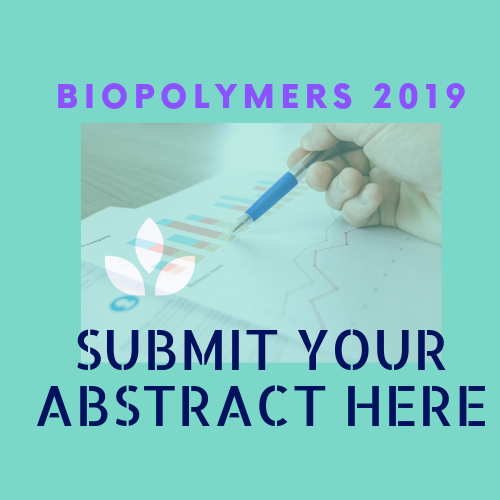
Antonia Link
University Hospital Tuebingen, Germany
Title: Development of a Novel Polymer-Based mRNA Coating for Surgical Suture to Enhance Wound Healing
Biography
Biography: Antonia Link
Abstract
The rising incidence of adiposity and type II diabetes as well as the proceeding population aging made the development of a therapeutic strategy to improve wound healing an increasingly important medical task: To cope with the resulting burdens like the increasing prevalence of badly healing wounds new strategies to achieve rapid and complete wound healing must now be developed. This study aims to present a novel approach in the development of bioactive suture material consisting of a messenger RNA (mRNA)-bearing poly (lactide-co-glycolide acid) (PLGA) coating on surgical suture which supports wound regeneration by specific transfection of cells in the wound area. The evaluation of the polymer-based transfection reagent Viromer RED has shown that it is suitable for the transfection of eukaryotic cells: The mRNA gets properly complexed, taken up into the cells and gets translated into a functional protein. Furthermore, the mRNA-PLGA coating induces the expression of the keratinocyte growth factor (KGF) in a keratinocyte cell line although KGF is not expressed by these cells under physiological conditions. By inducing such, wound healing can be stimulated through the differentiation and proliferation of epithelial cells and the additional anti-apoptotic effect. Moreover, transfection via surgical sutures coated with mRNA does not affect the cell viability and a proinflammatory reaction in the transfected cells is not induced. These properties make the mRNA-PLGA coating very attractive for the in vivo application. For the future, this could mean that through the use of mRNA-coated sutures in surgical wound closure, cells in the wound area can be transfected directly, thus accelerating and improving wound healing.

